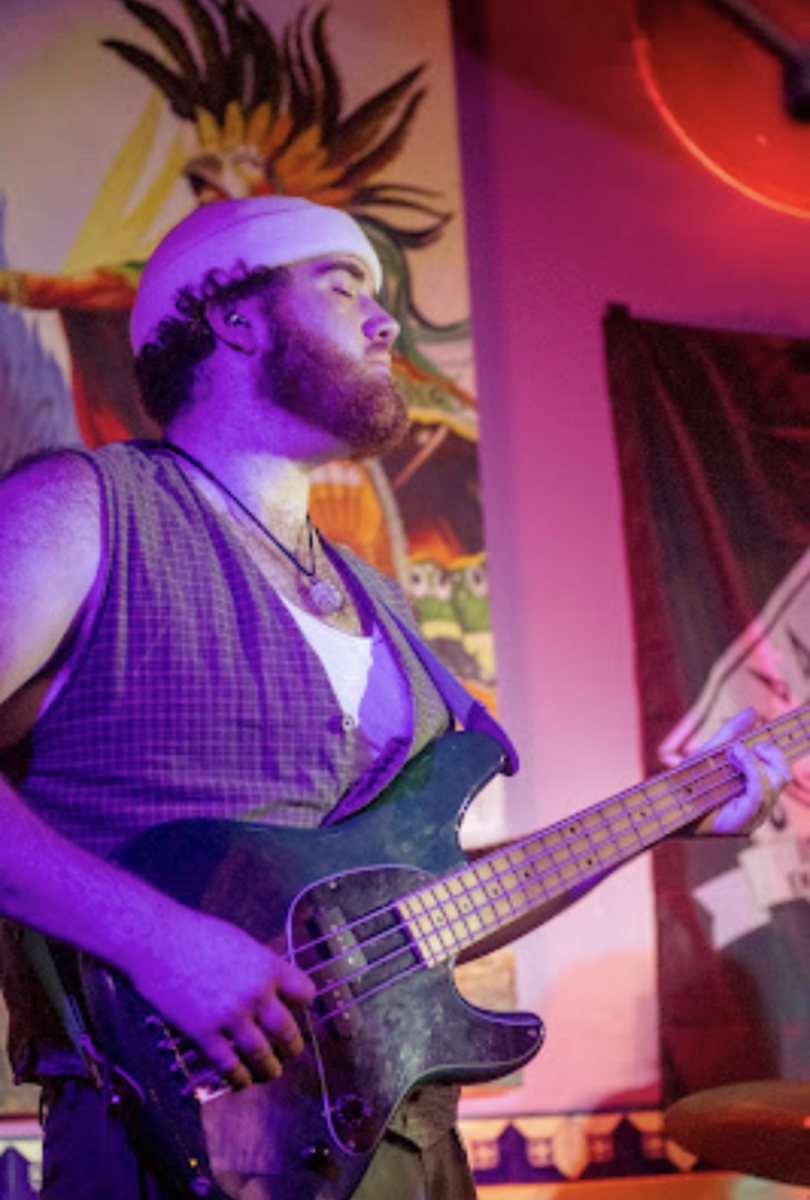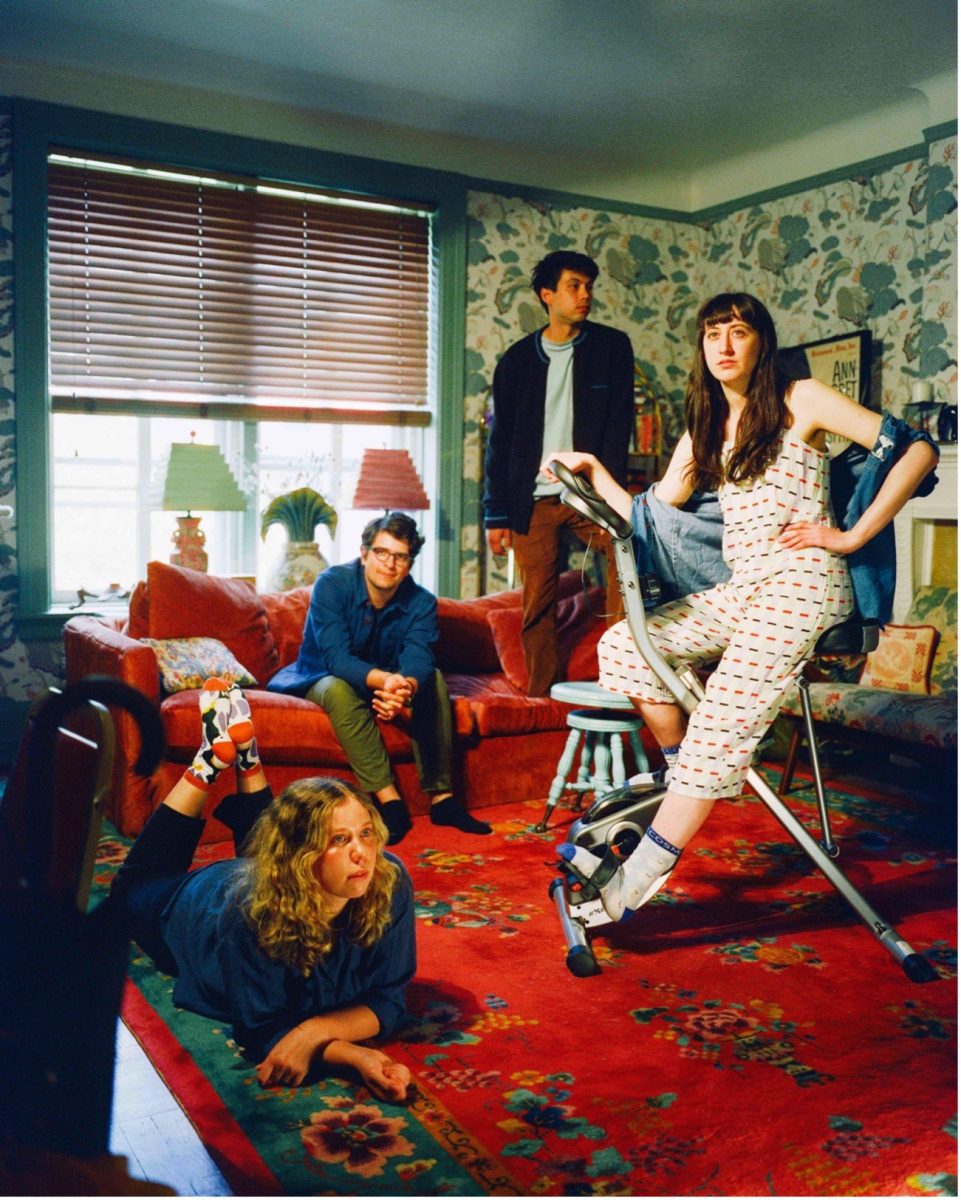
The limitless physicality of one and many, the sumptuous rippling of human bodies, the voyeuristic quality of peeking through one’s mind: these were the experiences that the Sydney Dance Company brought to the Fine Arts Center’s Concert Hall this past Tuesday.
Formed in 1969 in Sydney, Australia, the company has established itself as a contemporary dance powerhouse nationwide and has gone on to create and collaborate locally and globally. Led by artistic director Rafael Bonachelo, the Sydney Dance Company is currently on a tour that will see it grace stages in Boston, New York City and of course, Amherst. The explosive triple-bill on Tuesday night showcased three distinct acts, emphasizing the possibility and power of movement.
The night begins with Gabrielle Nankivell’s “Wildebeest,” an ebbing and flowing work that highlighted both the power and precision of the dancers. The 26-minute act moved in phases delineated by sight, sound and energy. Beast-like soloists, crouching and crawling across the stage, alternated with weightless, rushing ensembles of six or seven. At the height of the dance the full cast performed as a machine with relentless synchrony.
Nankivell clearly wasted no talent in choreographing an impressively wide range of movements. Luke Smiles’ score was just as dynamic—thundering and whistling sound effects added to the feral feeling of the solo parts, which shifted into a more melodic mode as dancers rush onto the stage, circling and tumbling with abandon.
In the climax, the accompaniment shifted to something more mechanical than musical, with the whirrs of motors, ticking of clocks and clacking of keyboards. Among this mix were moments of sudden starkness, powerful punches of silence and darkness that induced goosebumps. To say that “Wildebeest” was a strong start to the performance is an understatement; I found myself thirsting to find out what else was in store that night.
After a brief intermission, “Raw Models” wasted no time in attempting to sustain the same energy. Jacopo Godani’s piece began in a discordant and confrontational style, with what sounded like the music of a mad pianist interspersed with a thousand computer error messages. German experimental-electronic duo 48 Nord is responsible for this ceaseless, unsettling mood, which at times sounds spooky enough to be the soundtrack of a horror movie.
For this reason, I came to a decidedly differing interpretation of “Raw Models” than its description as a “sinuous, sexy testament to the infinite malleability of the human body.” Sinuous, yes—there is no shortage of undulating and arching, and impressively so. Sexy? Well, the tight, sheer leotards with their strategically-placed opaque panels leave little to the audience’s imagination, but I would describe the dance as having more edge than sexiness. “Edge” is more aggressive. It’s sleek black metal, not red lipstick. The dancers did not sashay their hips and wink at the audience; they were unabashed, almost confrontational at times. At one point, a circle of six upended themselves, with faces on the floor, rears in the air and legs splayed. In another, they advanced towards the audience in a line, gazes fixed right at the audience, heads cocked and hands twitching eerily.
While the staging and choreography kept me in a state of suspense, I found that the perpetually ominous accompaniment grew flat as the act progressed. One can only be creeped out for so long, and by the finish I found my aural discomfort to be the norm.
If “Raw Models” is an example of music detracting from dance, then “Frame of Mind” is the opposite. In the vision of director-choreographer Rafael Bonachelo, complexities in the choreography reflect the nuances of the Kronos Quartet’s accompaniment, as it allows audiences into someone’s inner workings. Dancers peeled away or joined in as a part retreated or began. Their pace kept up or slowed down with the strings’ freneticism or languidness.
At times, I thought I was watching a conversation between the notes and movements, though that conversation was secondary to the more private show that was there to be witnessed. Set against a backdrop of two adjacent curtains that formed something like a cross-section of a room, the audience was unwittingly put in the position of a voyeur, as the dancers became a specimen to be viewed. Even then though, there was one additional layer.
As soloists and small ensembles performed downstage, some of their fellow performers stayed in the shadows, backed against the massive red curtain. They then became viewers as well, heightening the intimacy and secretive quality of the dancing. Emotionally, “Frame of Mind” did not let up.
When the stage was not occupied by the entire cast’s raw, full-spirited dancing, sprightly duets and ensembles introduced mini-narratives within the piece. In the “mind” displayed on stage, we not only saw the workings of a whole and the frenzy of many, but more tender concepts common to all: longing, rejection and scorned touch.
In this performance audience members saw not only the capabilities of the body but the possibility of emotion and expression through contemporary dance.
The Sydney Dance Company will complete its American tour on March 12 at the Joyce Theater in New York City. After that, it will resume its 2017 season back in Australia with “Orb,” a collaboration with Taiwanese choreographer Cheng Tsung-lung. In future seasons, let’s hope that the company will grace the Amherst stage once more.
Sam Wong can be reached at [email protected].


















